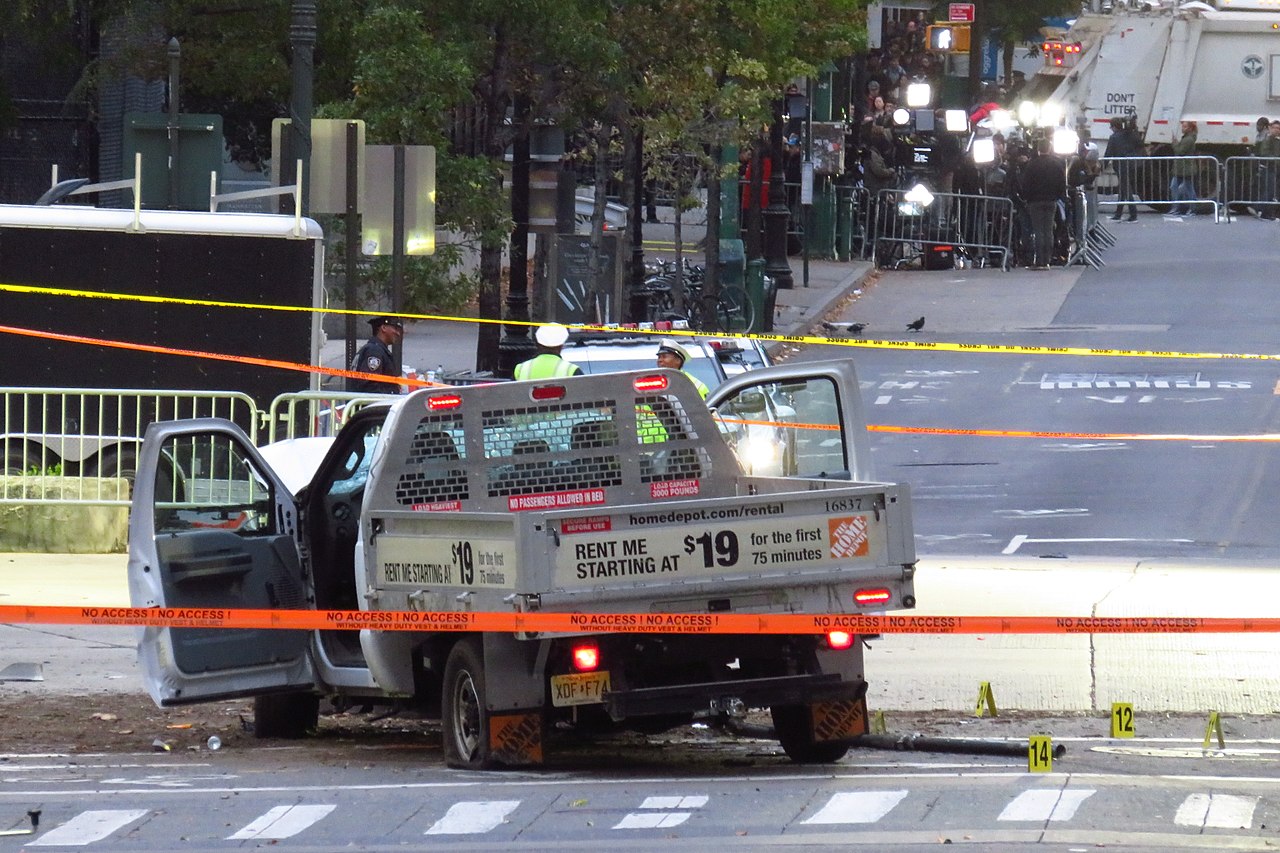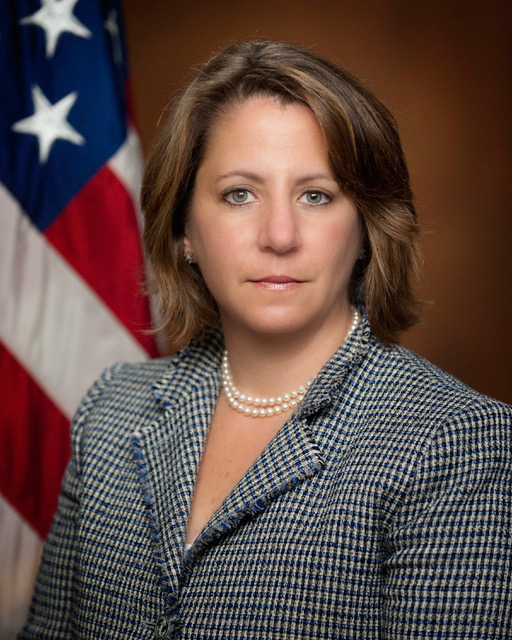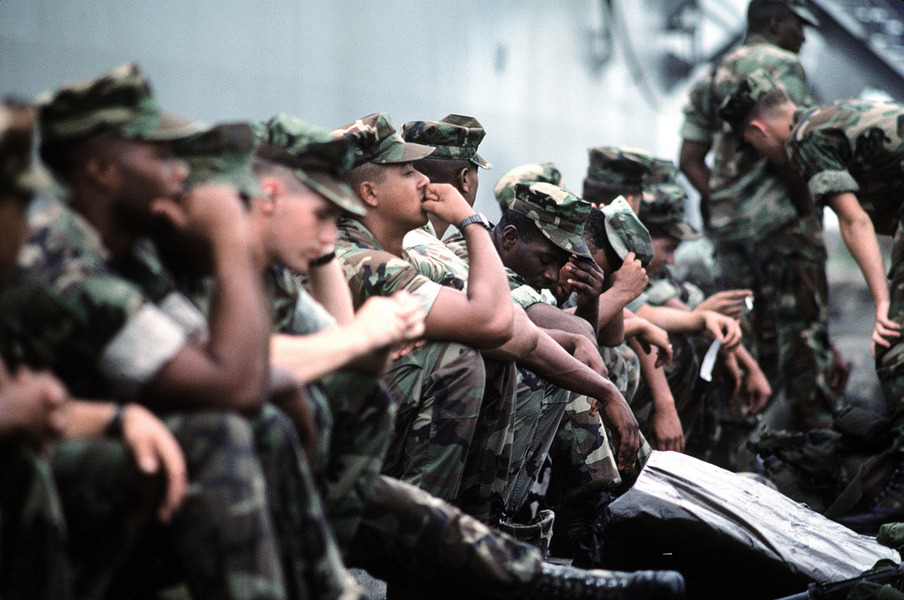The Next Phase in the War on Terror
Last week, in the deadliest terrorist attack in New York City since 9/11, Sayfullo Saipov turned a nearly mile-long stretch of bike path along Manhattan’s West Side Highway into a killing ground. The attack reflects a terrorism threat that is morphing from the complex, externally directed attack carried out by a network that we saw on 9/11 to violent individuals, inspired online by ISIS and other radical jihadist groups. We built an architecture to prevent another 9/11, but we have a long way to go when it comes to tackling this latest phase of terrorism.

Published by The Lawfare Institute
in Cooperation With

Last week, in the deadliest terrorist attack in New York City since 9/11, Sayfullo Saipov turned a nearly mile-long stretch of bike path along Manhattan’s West Side Highway into a killing ground. The attack reflects a terrorism threat that is morphing from the complex, externally directed attack carried out by a network that we saw on 9/11 to violent individuals, inspired online by ISIS and other radical jihadist groups. We built an architecture to prevent another 9/11, but we have a long way to go when it comes to tackling this latest phase of terrorism.
The good news is that communities have proven resilient when attacked. The bad news is that this week—with calls for “extreme vetting” and denigration of our criminal justice system as a tool against terror—we saw dangerous backsliding instead of a renewed focus on the work needed for the next phase in the war on terror.
How should we respond to this latest terror act on our soil? Rather than demagoguing on immigration, launching divisive political attacks, or disparaging our criminal justice system, we should focus on what works. Effectiveness should be our lodestar. Russia is not the only one who wants to weaken the United States by sowing division in our country—the terrorists want to do so as well. We shouldn’t let them.
When tragedy and terror strike we must deliver swift and certain justice consistent with the rule of law. While it appears cooler heads have prevailed to reverse the President’s initial impulse to send the New York attacker to Guantanamo (an unprecedented and legally dubious move), the fact that we found ourselves having the debate yet again about “war” vs. “law enforcement” in the terror fight prompted disturbing déjà vu. Dedicated professionals across two administrations worked hard to ensure that this country can apply all tools—military, intelligence, law enforcement, diplomacy, financial sanctions—to disrupt threats and hold terrorists accountable. For terrorists caught on U.S. soil, we have relied on a criminal justice system that is the envy of the world not only because it is the hallmark of our rule of law society but also because it gets results.
The record is clear when it comes to generating intelligence, securing convictions and safely holding terrorists. The more than one million federal, state, and local law enforcement officers who work in that system put their lives on the line to keep us safe are anything but a “laughing stock.” To the contrary, they include more than 30,000 FBI agents, intelligence analysts and other professionals who I was proud to call colleagues when I served as Chief of Staff to then FBI-Director Robert S. Mueller. This nation is also served everyday by dedicated federal prosecutors who are no “joke.” That includes those in the Southern District of New York who, true to their tradition of independence, tuned out the political talk and moved swiftly to charge the New York attacker. It was precisely the need for intelligence-driven criminal prosecutions of terrorists and spies that led to the creation of the Justice Department’s National Security Division which I was privileged to lead during the Obama Administration. These elements of our post 9/11 architecture—solidified over both Republican and Democratic Administrations—have brought justice in hundreds of terrorist-related cases since 9/11.
Contrast that approach with the (hopefully short-lived) impulse to send Saipov to Guantanamo on the theory that we’re at war (we are) and he’s an enemy (he is) and enemies don’t get lawyers (not quite). The Supreme Court has determined that Guantanamo Bay, where a detainee has the right to challenge his detention, is not lawyer-free zone. And while a bipartisan effort reformed military commissions in 2009 to maintain a prosecution tool for terrorists caught on a hot battlefield, they have proven anything but swift and certain. In 15 years, the military commissions have delivered just eight convictions or guilty pleas and several of those have been overturned or invalidated. The 9/11 and U.S.S. Cole bombing victims and their families are still waiting for justice today.
Justice would not be served by sending Saipov to Guantanamo. Nor would it serve the goal of generating intelligence and understanding how Saipov came to plow down pedestrians on Halloween afternoon. Saipov reportedly has talked to FBI agents and told them that he consumed ISIS propaganda prior to his attack. Understanding more about how and when he became radicalized is critical to stopping future attacks. But the surest way to keep that from happening would be to interrupt the FBI interrogation and ship Saipov to Guantanamo.
It is dangerous pre-9/11 thinking to suggest that the FBI can’t act in this case—as it has in so many others since 9/11—to obtain intelligence from a terrorist in custody. In fact, the FBI can immediately question terrorists—without giving Miranda warnings—to identify other threats and plots. In 2011 when Congress was considering a mandatory military custody law for terrorist captures here or abroad, the FBI was right to argue that such a mandate would interrupt their intelligence gathering process by turning a terrorist over to the military where he could challenge his military detention with the benefit of a lawyer. Sure enough, in case after case where the FBI has moved quickly to gather intelligence and then bring a prosecution in our courts, terrorists have pled guilty or received lengthy sentences in the highest security Federal prisons. And importantly the FBI has been able to generate intelligence that led to the capture of other terrorists (Just ask Christmas Day bomber Umar Farouk Abdulmutallab). We need this intelligence now more than ever in order to understand how Saipov was radicalized and how someone might have intervened in time to stop him.
It appears that Saipov did not slip through the vetting system, but instead may fall into the more-common category that DHS described in March of this year when it concluded that most foreign born, US-based terrorists are radicalized after they arrive. At the moment, we have a rare opportunity, having taken Saipov into custody alive. As NYPD Deputy Commissioner John Miller said, Saipov followed the ISIS playbook “to a tee” by weaponizing a vehicle and leaving a note to brag about it. This breed of terrorist poses a significant challenge to law enforcement and we should strive to learn as much as we can about Saipov’s path to radicalization.
In response to this challenge, we should reject impulsive responses in favor of what works. Recycling campaign chants of “extreme vetting” and pulling the plug on the Diversity Visa Program which reportedly allowed Saipov entry in 2010 is a distraction; he reportedly was radicalized years after he entered the United States. To be clear, we should support strong and thorough vetting for anyone who wants to enjoy the rights and benefits of this country. Such vetting, regardless of specific program, should be refined based on threat intelligence. This is why following the Paris attacks in 2015, the DHS strengthened the visa waiver program to respond to the threat from foreign fighter returnees who may have traveled to join ISIS in Syria and Iraq but held European passports eligible for visa-free travel to the United States. The future of the Diversity Visa Program might be a reasonable topic for debate, but based on what we know now is in no way related to the tragedy on the Westside Highway.
Rather than creating distractions and issuing blanket travel bans, our vetting process should respond to the actual threats we face. We should be building trust in communities we need to identify future threats, not alienating and marginalizing them. Let’s focus on working with social media companies to stop abuse of their platforms. Let’s work to strengthen relationships with our international security partners.
Sixteen years after 9/11 we face a different type of threat. In response, we should emulate the best we’ve seen from this country. We should model resilience and support, and we should reject politics in favor of pragmatism. We must summon the best in our communities, in our government and politics, and rely on that which makes us different from every other country in the world: the rule of law and our justice system. Anything less allows terrorists to divide us.




.jpg?sfvrsn=1ec79bb0_5)
